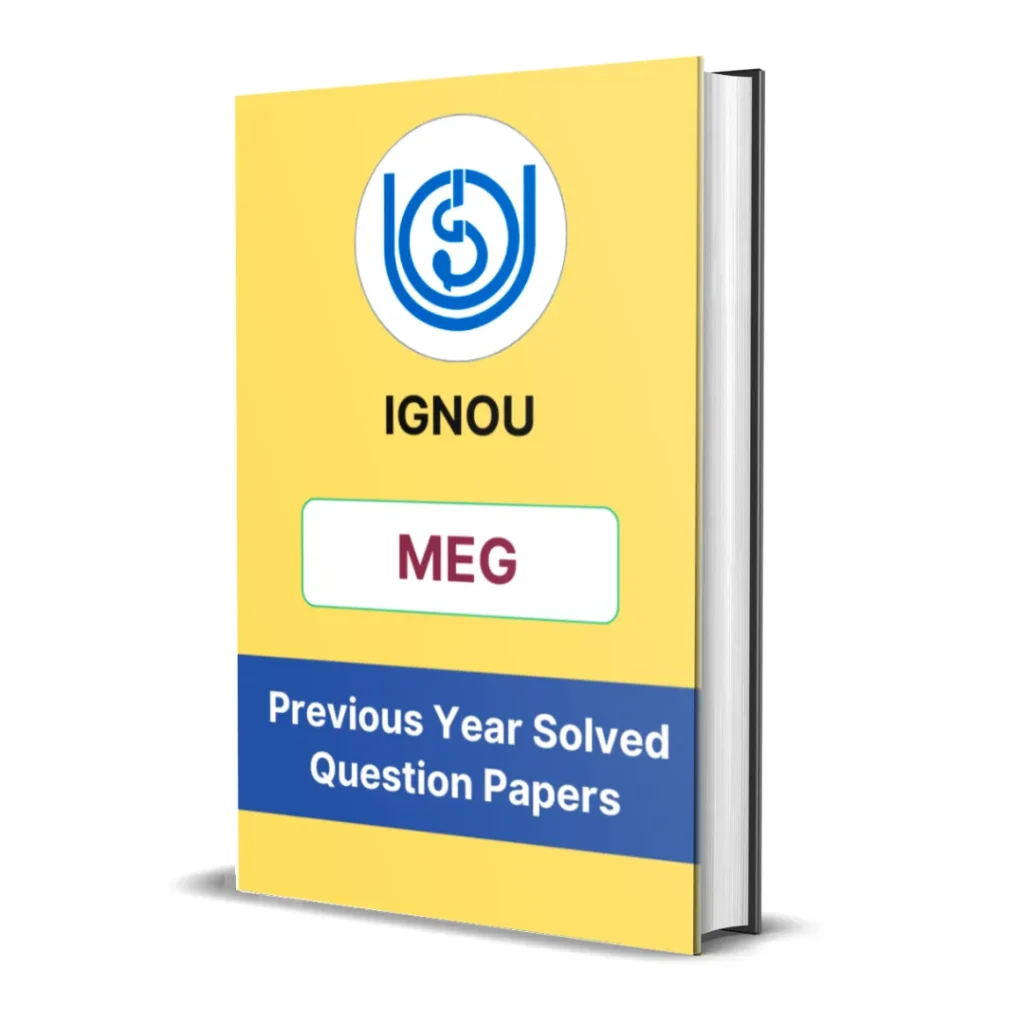IGNOU MEG-01 Block 4 Summary | Studying Milton
- Last Updated On August 12, 2025
Table of Contents
Here you will get the detailed summary of IGNOU MEG 1 Block 4 –Studying Milton.
We have provided the summary of all units starting from unit 17 to unit 21.
Unit 17: The Late Renaissance
This unit sets the stage by offering a detailed account of the Late Renaissance period, the era in which John Milton wrote. By the mid-to-late 17th century, the Renaissance spirit of intellectual inquiry, individualism, and classical revival had matured and begun to intersect with intense religious and political upheaval in England. The English Civil War, the execution of Charles I, and the rise and fall of the Puritan Commonwealth all shaped the literary and cultural output of the time.
Milton emerges in this climate as a deeply engaged poet and thinker. The unit contrasts the humanistic optimism of the early Renaissance with the more complex, conflicted tone of its later phase, marked by questions about free will, divine justice, and authority. The unit introduces key Renaissance values that Milton inherited—classical learning, theological rigor, and a belief in literature as a tool for moral and spiritual enlightenment—while also acknowledging the Puritan austerity and revolutionary zeal that influenced his work. Thus, Milton’s poetry is seen as a product of both the artistic richness of the Renaissance and the moral urgency of Reformation-era England.

Unit 18: Milton – The Life
This biographical unit provides a comprehensive account of John Milton’s life (1608–1674), tracing his evolution from a privileged, classically educated youth to a radical polemicist and, ultimately, to the blind author of Paradise Lost. Born into a well-off Protestant family, Milton received rigorous training in Latin, Greek, and theology at Cambridge University, where he prepared himself for what he believed was a poetic mission ordained by God.
The unit outlines key phases of Milton’s life:
-
His early years of poetic experimentation and travel in Europe.
-
His return to England and active involvement in politics during the English Civil War and Cromwell’s Commonwealth.
-
His prolific prose writing in support of free speech, divorce reform, republicanism, and anti-monarchism (notably Areopagitica and The Tenure of Kings and Magistrates).
-
His later years, when, despite his total blindness and political defeat, he composed his greatest works: Paradise Lost, Paradise Regained, and Samson Agonistes.
Milton is portrayed as a poet-prophet, whose life was devoted to truth, moral clarity, and national service, and whose poetry was inseparable from his theological and political ideals.

Unit 19: A Survey of Milton’s Lesser Poems and Prose
This unit surveys Milton’s minor poems and prose works, which, although lesser-known than his epics, are crucial for understanding the breadth of his literary ambition. His early poems such as At a Solemn Music, On Shakespeare, On the Death of a Fair Infant, and Il Penseroso display his technical brilliance, classical influence, and spiritual depth.
Milton’s prose writings, often polemical and politically charged, include:
-
Of Education – his views on a moral and classical education.
-
Areopagitica – a passionate defense of freedom of the press.
-
Doctrine and Discipline of Divorce – advocating for the right to divorce on the basis of incompatibility.
-
Eikonoklastes and The Tenure of Kings and Magistrates – republican critiques of monarchy and royal absolutism.
This unit emphasizes that even Milton’s “lesser” works reflect his commitment to intellectual freedom, ethical reform, and human dignity. These writings are key to understanding the ideological foundations of his poetry.
Unit 20: On the Morning of Christ’s Nativity and Lycidas
This unit provides a close textual study of two of Milton’s most celebrated early poems.
On the Morning of Christ’s Nativity (1629) is a lyric ode written to celebrate the birth of Christ. It merges classical grandeur with Christian devotion, showcasing Milton’s ability to synthesize mythological and theological motifs. The poem is notable for its formal elegance and musicality, as well as for its theme of redemption and divine harmony overcoming worldly disorder.
Lycidas (1637), an elegy for Milton’s friend Edward King, is considered one of the greatest pastoral elegies in English literature. It begins as a conventional lament for a lost poet but soon transforms into a critique of corrupt clergy, a meditation on poetic fame, and a vision of spiritual immortality. Through mythological references, rhetorical shifts, and sublime imagery, Milton elevates a personal loss into a universal meditation on mortality, vocation, and divine justice.
This unit highlights Milton’s growing poetic maturity, his use of classical forms for Christian purposes, and his commitment to using poetry as a medium for ethical and metaphysical reflection.

Unit 21: L’Allegro, Il Penseroso, and the Sonnets
This final unit explores three major aspects of Milton’s lyrical production: the twin poems L’Allegro and Il Penseroso, and a selection of sonnets that reveal his personal and political voice.
L’Allegro and Il Penseroso are complementary poems that contrast two temperaments—the cheerful, outgoing lover of mirth (L’Allegro) and the contemplative, melancholic seeker of solitude (Il Penseroso). Together, they reflect Milton’s attempt to balance the pleasures of life with spiritual and intellectual depth. Both poems are rooted in the pastoral tradition but are transformed by Milton’s profound vision of the ideal poetic life.
Milton’s sonnets, meanwhile, are powerful expressions of personal emotion, religious devotion, and political conviction. Unlike the courtly sonnets of the Elizabethan era, Milton’s are bold, public, and serious in tone. Key examples include:
-
On His Blindness – a meditation on patience and divine service.
-
On the Late Massacre in Piedmont – a fiery denunciation of religious persecution.
-
When I Consider How My Light is Spent – a deeply introspective poem about purpose and faith in the face of blindness.
This unit presents Milton’s shorter poems as compact expressions of his moral vision and poetic genius, demonstrating how even in brief forms, he grapples with the grandest human concerns.